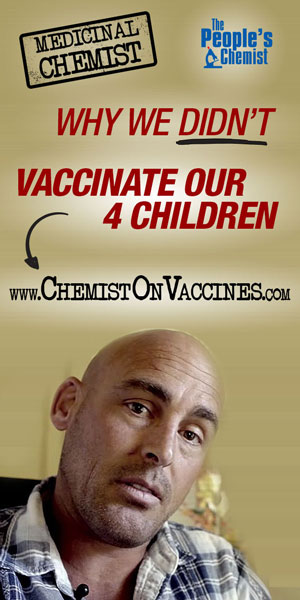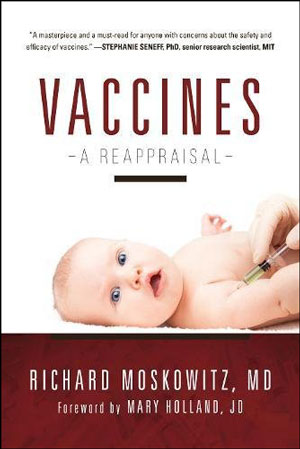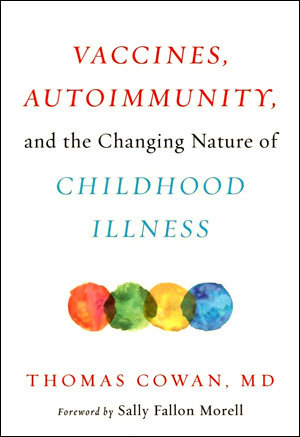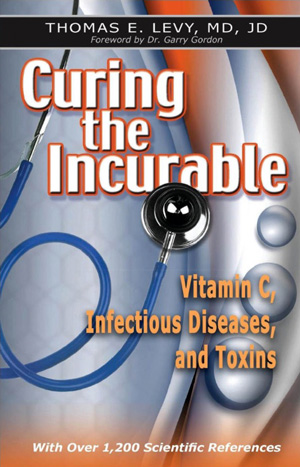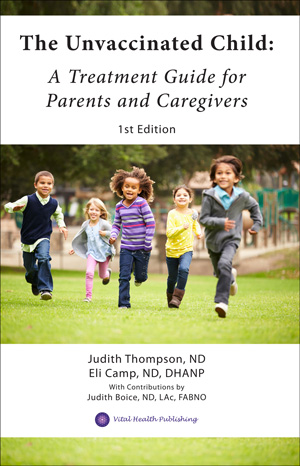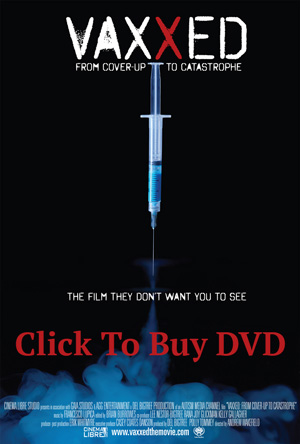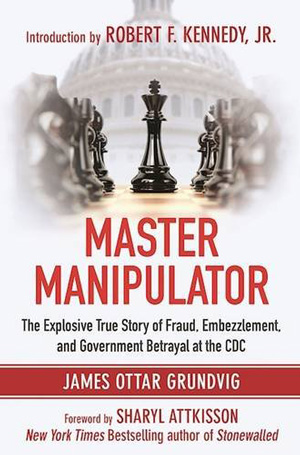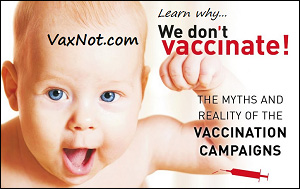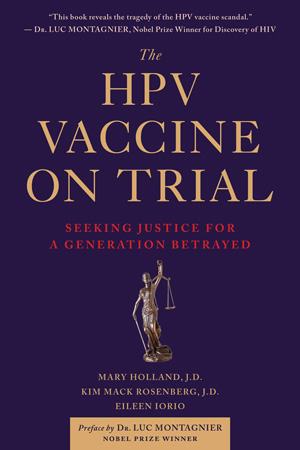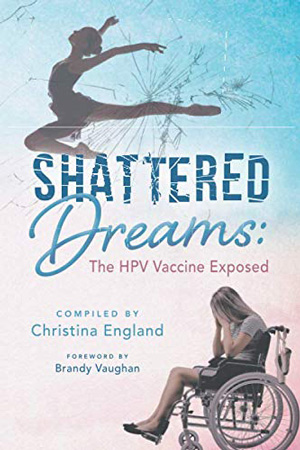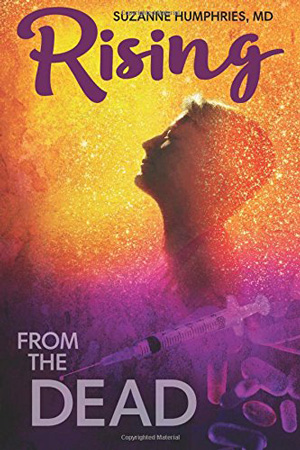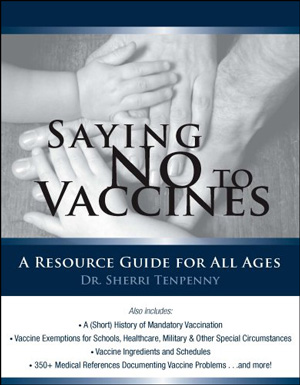The Problem With Mandatory Vaccination as Public Health Policy
Mandating vaccinations for childhood diseases that have low incidence and even lower mortality—and had all but disappeared before vaccination programs began—does not serve the public good.
This is especially true because vaccines are medical products that have been defined as INHERENTLY UNSAFE by the same agencies mandating them. Evidence from diverse sources including the CDC and the Vaccine Adverse Events System reports death, disability, and disease (both immediate and chronic) resulting from the administration of vaccines.
How many deaths or injuries from vaccines can be justified as fair trade for diseases that have low incidence and even lower mortality when they do occur?
Mandatory vaccination as a public health directive is based on the following assumptions:
- The diseases for which one is vaccinated are deadly and without vaccination we would have epidemics of these diseases with untold numbers of deaths
- Vaccines were responsible for a decline in occurrences (morbidity) and deaths (mortality) from the diseases that had plagued previous generations
- Vaccines are safe and effective – long ago they were proven to prevent disease and research studies proved that they are safer than the diseases they prevent
- Vaccines provide “herd immunity” and are mandated for the greater good of society
- We can and should trust governmental agencies that mandate vaccines as a matter of public health
If these statements are true, mandatory vaccination as a public health policy might makes sense. If they are false, it undermines the entire premise of mandatory vaccination.
Data and statistics show that the above statements one through four are completely false. And statement five is a matter of personal choice, however there is compelling evidence that suggests governmental agencies are more concerned about pharmaceutical companies than the public good; therefore trust in these agencies is misplaced.
Here is a quick summary of the facts, with links to comprehensive overviews:
- According to leading scientists of that time, childhood diseases like measles, whooping cough, and polio, were no longer deadly threats to children or communities by the time vaccines were introduced on a large scale in the 1950s and 60s (and chicken pox was never deadly). Alexander Langmuir, MD, now called the “father of epidemiology,” wrote specifically about measles and vaccines in a 1962 issue of the Journal of Public Health, saying measles were a “self-limiting infection of short duration, moderate severity, and low fatality” yet they created the vaccine because it could be done. (See Myth #1: We Need Vaccines)
- CDC mortality statistics from 1900 -1984 show that all the diseases for which we now vaccinate had declined by 90-99% before wide-scale vaccination programs started. The actual public health measures responsible for this decline of mortality were: modern sanitation and sewer systems, access to better nutrition and clean water, passage of child labor laws, and lifting more people out of poverty. (See Myth #2: Vaccines Saved Lives)
- Vaccines are labeled inherently unsafe by the CDC, FDA, HHS, and legal precedent. A program that compensates victims of vaccine injury has paid out over 3 billion dollars in compensation for claims from 1988-2015, despite the fact that only 1 in 5 claims receive any award and that most of those injured never file a claim. The notion of vaccine efficacy is challenged by the need for boosters which has caused the childhood vaccination schedule to go from a handful of vaccines in the 1960s to over 40 doses of multiple vaccines by the time a child reaches the age of six. Plus, many outbreaks of measles, whooping cough, and polio (for example) have occurred largely among those who are most vaccinated. (See Myth #3: Vaccines Are Safe)
- The theory behind herd immunity is that if a given percentage of individuals (usually between 85-96%) are vaccinated, the community is fully protected from outbreaks with the immunized protecting those few who cannot be immunized. However, many outbreaks since vaccination programs began have occurred within the populations that have been fully immunized. Research points to the vaccination programs as the instigator of multiple outbreaks. Additionally, the risk of injury and death to some who receive vaccines calls into question both the ethics and the relevance of mandated vaccines for “the greater good” since vaccination does not prevent outbreaks. Herd immunity through vaccination does not exist. However, herd immunity because of a fully functioning immune system response does exist. (See Myth #4: Herd Immunity)
- Trusting governmental agencies with compulsory public health mandates is a personal choice. However, it is wise to investigate some of the historical consequences from other public health mandates and/or experiments for “the greater good.” One egregious example: eugenics laws for compulsory sterilization of people with “undesirable traits” (imbeciles, feebleminded, epileptic, delinquents, criminals, and those with mental health defects) which sterilized over 60,000 individuals (20,000 in California) from the 1920s through 1976—for the greater good of our society. Coerced sterilization and/or sterilization without consent also affected more than 25% (a conservative estimate) of Native Americans from 1970-76 receiving health care from the Indian Health Services. Laws in many states for such sterilization remain on the books. Other government sponsored drug research over the last century is also similarly troubling. (See Myth #5: Trust Your Government)
Therefore, to deny parents the right to an education or child care for their children because they refuse to use an inherently unsafe medical product violates every moral, ethical, and human right, and also violates the Constitution of the United States.
Oppose Mandatory Vaccination? Click Here to Take Action
The data and facts shared within this website are not disputed by public health officers, the CDC, HHS, or the FDA. However, this information is often ignored, unreported, or reported erroneously (intentionally or not), likely because of the Semmelweis effect.
The Semmelweis Effect
The Semmelweis Effect is the propensity to attack, discredit, and marginalize anyone who challenges the accepted beliefs or norms of the medical establishment, whether or not there is good science to back up the challenge. Rather than accept new information that may cast certain practices in a negative light, the medical community closes ranks and attacks the messenger.
Doctor Ignaz Semmelweis was a physician in the late 19th century who observed the connection between unwashed hands and puerperal fever—a deadly illness that killed thousands of women following childbirth. As a result, Semmelweis instituted a rule at the maternity clinic where he practiced: all those who attended women in labor must wash their hands with a chlorinated lime solution he created prior to touching the women. As a result, the maternal mortality rate at his hospital went from over 30% to almost zero.
For his success, his observations, and his insistence regarding hand-washing, he was dismissed from his position. He was also attacked and ridiculed by his contemporaries who were insulted by such “outrageous nonsense.” Back then, physicians routinely went from performing autopsies on cadavers to attending healthy women in labor, touching each without washing their hands. This practice seems ridiculous now but then it was common.
Because of the harassment, Semmelweis moved from Austria to Budapest but his outrage at the indifference of the medical community continued. He wrote letters to his colleagues equating them to murderers for refusing to stop practices that he knew killed women. Many, including his wife, thought he was going mad. He was ultimately tricked into visiting an insane asylum for a consult in 1865. When he arrived he was locked-up against his will, beaten when he tried to escape, and died two weeks later, likely from injuries from the beating.
Bucking the established “wisdom” is often very costly indeed.

Research Resources
Resources for the information contained in this website comes from the books such as Dissolving Illusions by Suzanne Humphries, MD and Roman Bystrianyk, Vaccine Epidemic edited by Louise Kuo Habakus, MA and Mary Holland, JD, Immunization: The Reality Behind the Myth by Walene James, and others.
Website resources include: the CDC, nejm.org (New England Journal of Medicine), nim.nih.gov (National Institute of Health), Merck.com, GSK.com (Glaxo Smith Kline), MayoClinicproceedings.org, WHO (World Health Organization), Pace Environmental Law Review, Honors College at the University of Vermont, VaccineSaftey.edu (John Hopkins’ Bloomberg School of Public Health), Semmelweis.org, VaxTruth.org, GreenMedInfo.com, Mercola.com, and others.
Documentaries resources include Trace Amounts: Autism, Mercury, and the Hidden Truth; Bought: the Movie; Silent Epidemic: The Untold Story of Vaccines; Autism: Made in the U.S.A.; The Dangers of Vaccination, Vaccines, and Babies; Shots in the Dark: Silence on Vaccines; The Greater Good; Vaccine Nation






